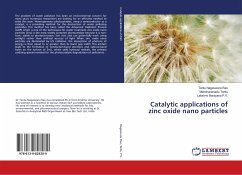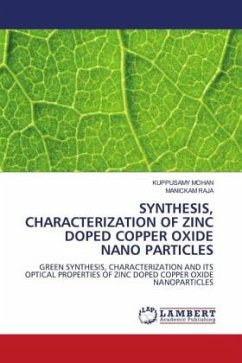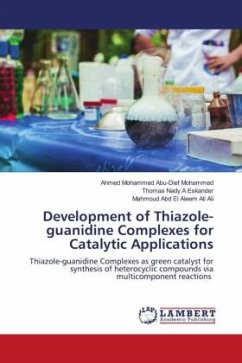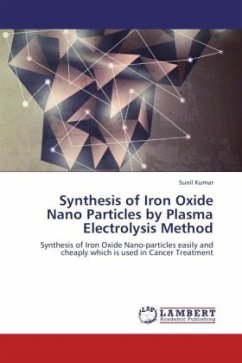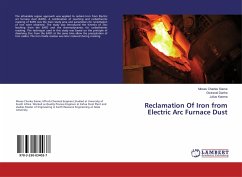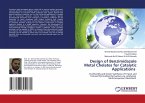The problem of water pollution has been an environmental concern for many years numerous researchers are looking for an effective method to solve this issue. Heterogeneous photocatalysis, using a semiconductor as a catalyst, is a promising method for the destruction of water polluting pesticides This method has been called the Advanced Oxidation Process (AOP) which is one of the techniques for water treatment zinc oxide nano particles (Zno) is the most widely accepted photocatalyst because it is non-toxic, stable to photocorrosion, low cost and can potentially work using sunlight rather than artificial sources of light When zinc oxide nano particles are illuminated by UV radiation, the absorption of photons of energy is then equal to or greater than its band gap width This artifact leads to the formation of conduction-band electrons and valence-band holes on the surface of ZnO, which yield hydroxyl radicals, the primary oxidising species needed for the photocatalytic degradation of pollutants.
Bitte wählen Sie Ihr Anliegen aus.
Rechnungen
Retourenschein anfordern
Bestellstatus
Storno

